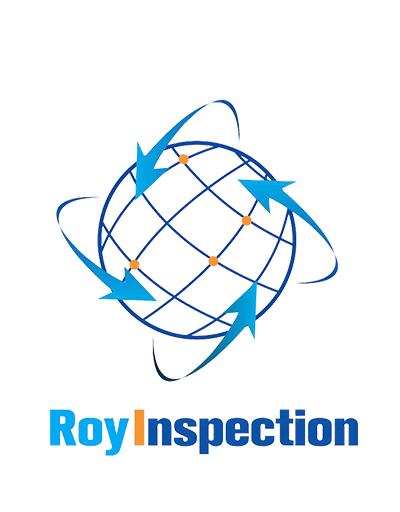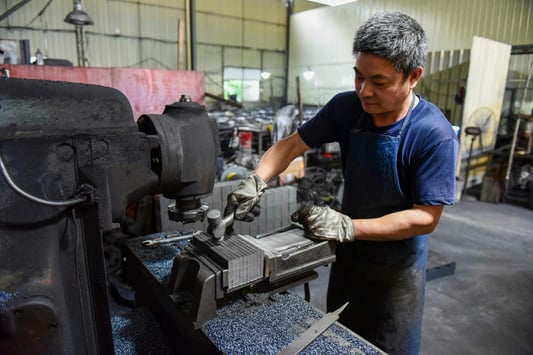What is CTPAT?CTPAT stands for Customs Trade Partnership Against Terrorism, which is a voluntary program established by the US Customs and Border Protection. It aims to enhance the security of the global supply chain while facilitating the legitimate trade. Importers, carriers, brokers, and other supply chain entities can participate in this program to minimize the potential risks and threats of terrorism.Why is CTPAT important for importers?As an importer, your business may face various security vulnerabilities that might put your supply chain at risk. CTPAT provides a comprehensive framework of security criteria that importers can adopt to improve their security posture and reduce the risk of supply chain disruptions.CTPAT Importer Security CriteriaTo participate in the CTPAT program, importers must meet certain security criteria. These criteria cover a wide range of security measures that an importer should implement to secure its supply chain. Some of these security criteria are:Establish and maintain a documented security program Perform a comprehensive risk assessment of the supply chain Select and engage with business partners that meet CTPAT security criteria Implement physical security measures to safeguard facilities, cargo, and information Ensure the integrity of the supply chain through proper procedures, such as seals and tracking Provide security training to employees and business partners Conduct periodic security assessments to identify and mitigate any potential risks Benefits of CTPAT participationBy participating in the CTPAT program, importers can enjoy several benefits, including:Faster and more efficient border clearance Reduced cargo inspections Improved brand reputation and business relationships Access to targeted training, network events, and best practices Enhanced security posture and lower supply chain risks How to become a CTPAT importer?To become a CTPAT-certified importer, you need to follow these steps:Go to the CBP's website and complete the CTPAT application Submit the application along with all supporting documents Undergo a security assessment by the CBP or a third-party validator Implement the CTPAT security criteria in your security program Participate in the CBP's supply chain security initiatives and training events CTPAT compliance challenges for importersWhile CTPAT provides a robust framework for supply chain security management, importers may face some challenges in meeting its strict security criteria. Some of these challenges include:The cost and effort of implementing and maintaining a security program The complexity of supply chain operations and the need to coordinate with various stakeholders The reluctance of some business partners to adopt CTPAT security standards The constant evolving nature of security threats and risks ConclusionCTPAT is a crucial program for importers who want to secure their supply chain and protect their business from the potential risks and threats of terrorism. By implementing the CTPAT security criteria, importers can enhance their security posture and enjoy various benefits, such as faster border clearance and improved brand reputation. While CTPAT compliance may pose some challenges, it is a worthwhile investment that can safeguard your business interests in the long term. CTPAT importer security criteria, supply chain security, import compliance, global trade, terrorismCTPAT Security Criteria for Importers: What You Need to KnowLearn about the CTPAT importer security criteria and how to become CTPAT-compliant to secure your supply chain and minimize business risks.Quote InquiryContact us!










